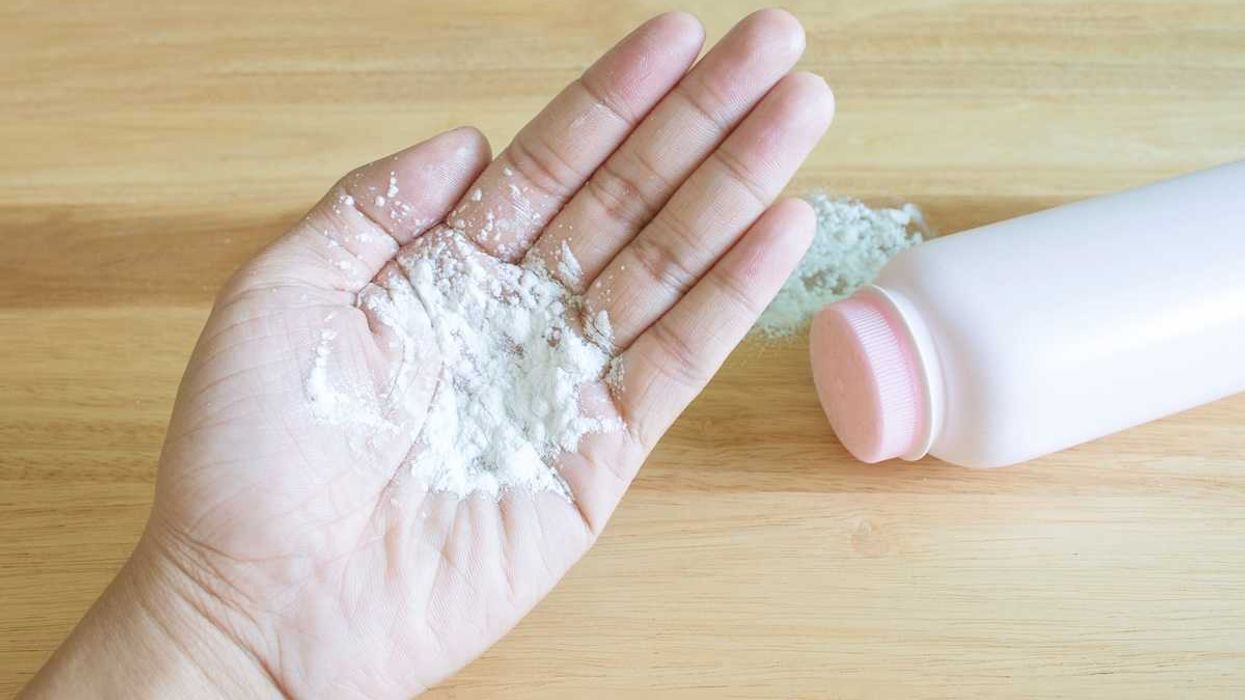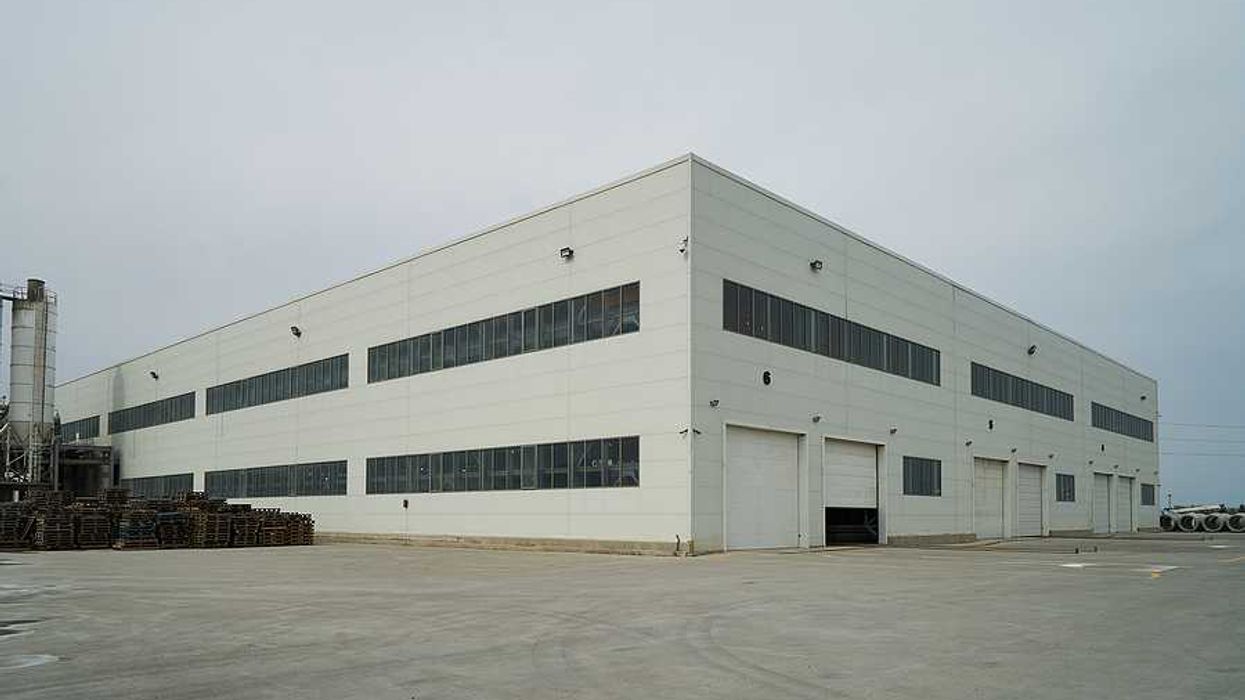Toxic chemicals tied to waste incinerator emissions have been detected in the breast milk of UK mothers, though diet remains the primary source of exposure.
Gary Fuller reports for The Guardian.
In short:
- Researchers analyzed breast milk from 194 first-time mothers living near waste incinerators in the UK, finding dioxins and PCBs linked to particle pollution carried by prevailing winds.
- While chemical levels fell within ranges seen across Europe, proximity to incinerators and long-term exposure correlated with higher levels of these pollutants.
- Experts emphasized that breastfeeding’s health benefits outweigh the unclear risks of contaminants, calling for better monitoring of incinerator emissions.
Key quote:
"The main thing that came across from mums is that knowing more about the chemicals that are in their milk will not stop them from breastfeeding. However, they want to know all of the information.”
— Ruthie Parsons, Imperial College London
Why this matters:
Breast milk is critical for infant health, yet long-lasting pollutants from industrial sources raise concerns about cumulative exposure risks. Experts say diet remains the main culprit for these pollutants, but proximity to waste burners can’t be ignored and findings indicate a need for tighter regulations and monitoring. Read more: PFAS in household waste may be going airborne.














